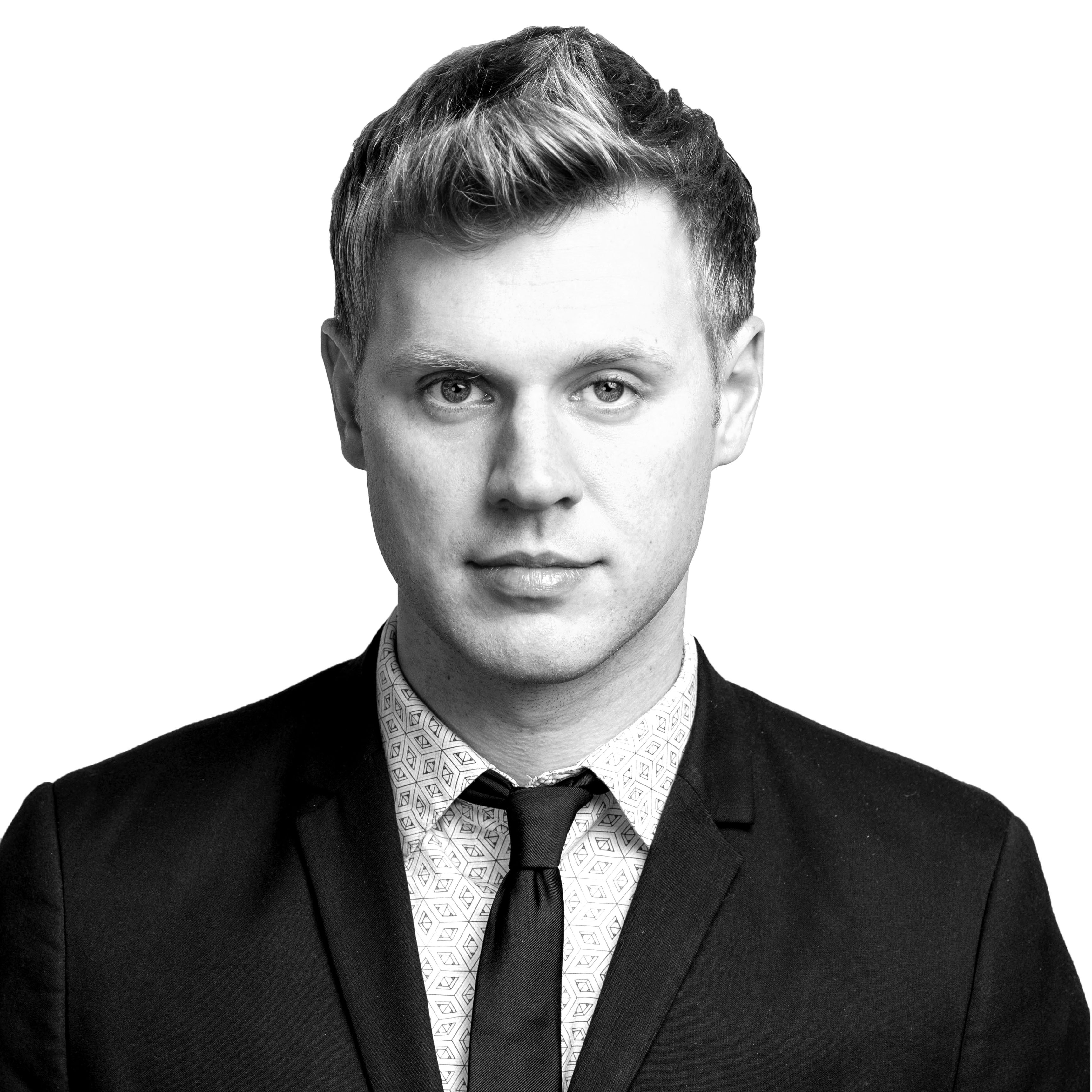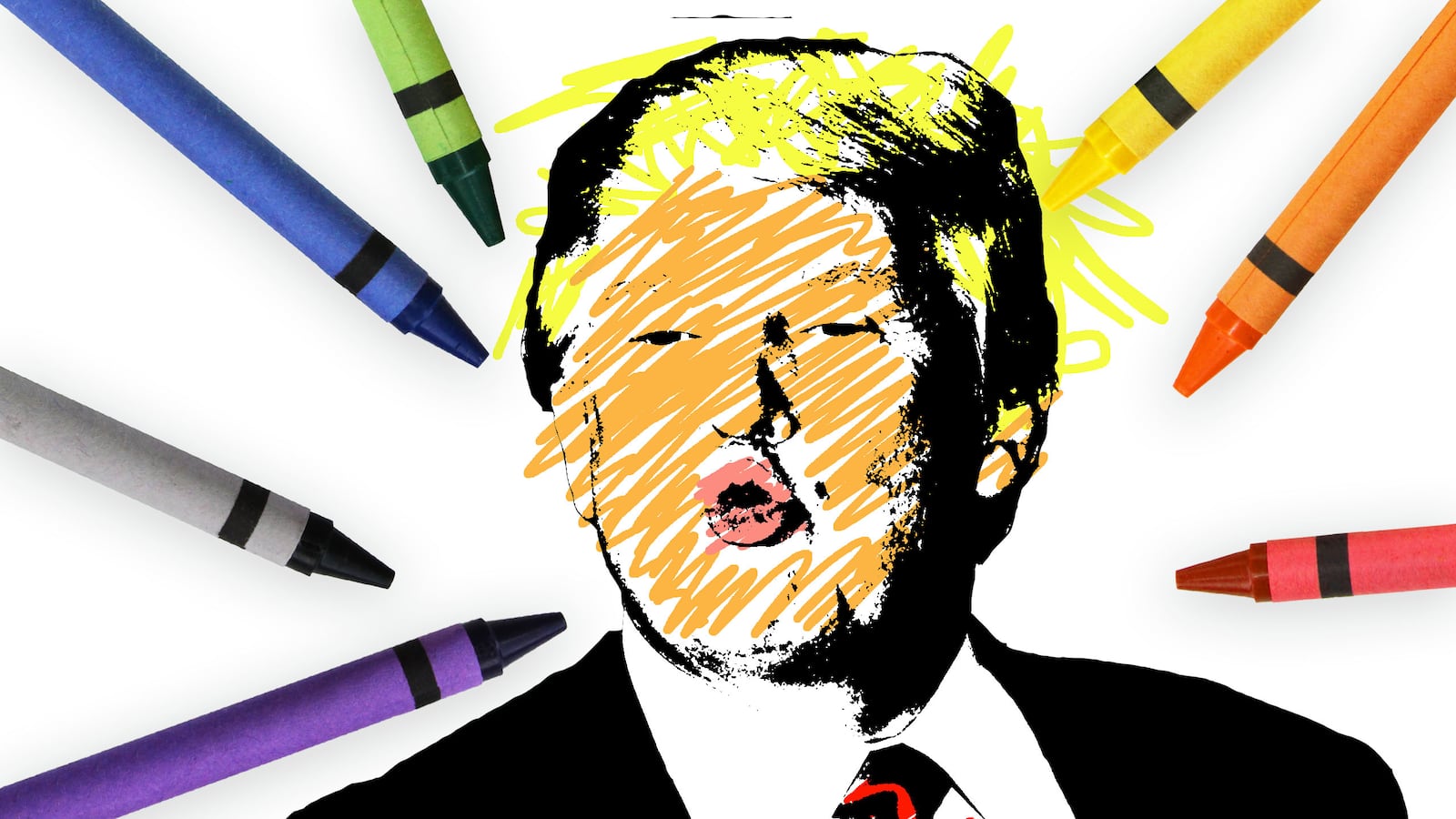In the wake of the election, many college students at elite colleges and universities have come down with serious cases of PTSD: President Trump Stress Disorder.
Their inability to anticipate this outcome—the election of Donald Trump—should prompt the Ivy League to consider whether it’s really preparing students for life outside the liberal bubble of campus.
To equip students with the resources they need to refute Trumpism, colleges have to stop shielding them from ideas that offend their liberal sensibilities. They have to stop pretending that shutting down a discussion is the same thing as winning an argument. Silence is not persuasion.
At Cornell University, weary students sat outside in shock the morning after the election. The Cornell Daily Sun, which live-streamed the gathering, invited viewers to “cry with us.” Attendees said they were heartbroken and terrified.
Elsewhere, at campuses across the country, students begged professors to cancel classes and postpone exams, citing fear, exhaustion, and emotional trauma. Such accommodations were frequently granted: Academics at Columbia University, Yale University, the University of Connecticut, and other institutions told students to take some time to come to terms with what had happened, as if the election of Donald Trump was akin to a natural disaster or terrorist attack.
That wasn’t all. Law students at the University of Michigan were provided with a post-election “self-care with food and play” event, complete with “stress busting” activities like play dough, coloring books, legos, and bubbles. Columbia University’s Barnard College offered hot chocolate and coloring. The University of Pennsylvania, an Ivy League institution, created a healing space: more coloring books, and also puppies.
“There were actual cats and a puppy there,” one UPenn student, Daniel Tancredi, told The College Fix. “The event as a whole seemed to be an escape from the reality of the election results.”
One wonders whether some campuses have routinely provided too much of an escape from reality, if the election has reduced their students to tears, play dough, and a whole lot of coloring books.
To be sure, there are good reasons for students to be dismayed by Trump’s victory. Candidate Trump vowed to deport illegal immigrants, his administration could curtail LGBT rights, and his embrace of Steve Bannon and the alt-right has emboldened white supremacy, to name just a few. Left-leaning students throw tantrums all the time, but this tantrum has the virtue of being grounded in legitimate concern—unlike, say, Christina Hoff Sommers coming to campus or someone wearing a culturally appropriative Halloween costume.
Intensifying this post-election freak-out is the fact that almost no one saw it coming—and that’s even more true on many college campuses than it is for other similarly blindsided institutions, like the left-of-center media. Campuses are remarkably devoid of conservative, Republican, and independent voices, particularly at the most selective and well-regarded schools. To give one example, just a single Princeton University faculty member made a donation to the Republican candidate in 2012. You would be more likely to encounter a Trump-sympathetic intellectual on the surface of the moon or the bottom of the ocean than at Harvard or Yale.
All this ideological uniformity has a cost, wrote Charles Camosy, an associate professor of ethics at Fordham University, in a recent op-ed for The Washington Post.
Camosy elaborated on the problem in an interview.
“People who are college educated, especially on hot button issues like life or choice or sex or marriage, are unable to even imagine how someone might have a different opinion,” he told The Daily Beast. “They’ve never been exposed to a different opinion except as a caricature.”
The purpose of college is to educate students and prepare them to succeed in the “real” world. But the rest of the country is distinctly unlike campus: It is filled with people who represent a wide range of political opinions, religious traditions, income levels, and racial backgrounds. And it is filled with people who wanted Trump to be the next president of the United States.
Not all students are equally sheltered, of course: Red state universities no doubt had a much larger proportion of Trump sympathizers. On these campuses, at least, liberals had to debate their conservative classmates. But on elite campuses, not so.
If higher education is not teaching students to live alongside these people, grapple with their views, and perhaps change their minds, it is failing its mission.
That mission is difficult to fulfill when a campus is homogenous. Universities have long-recognized this, which is why they have prized diversity as one of the most important ingredients in a modern liberal arts education. Many colleges have implemented race-based and class-based admissions systems to try and boost enrollment among under-represented groups. When they hire new professors, they often prioritize minority applicants. They create new initiatives, centers, and administrative positions with the goal of celebrating and promoting diversity.
But these efforts have not yielded much diversity of thought and belief on campus. Indeed, leftist progressivism is so monolithic on many campuses that it not only discourages, but often openly punishes, alternative views. Remember the anonymous professor who admitted in The Chronicle of Higher Education that she couldn’t write a recommendation for a perfectly qualified student, solely because she had overheard the student say something about getting a concealed carry permit?
“Diversity in most cases means safe, familiar, not going to challenge me,” said Camosy. “It will be yet another weapon to promote an agenda I already believe in.”
It’s a problem that has led Harvard’s student newspaper, The Crimson, to conclude that something resembling ideologically based affirmative action might be justified.
“Ultimately, this week’s surprises have underscored Harvard students’ need to understand those who disagree with us, however strongly we feel that their views would lead to catastrophe or injustice,” the editorial board wrote.
The Crimson’s editors understand something their college’s administrators seem to have missed: Banishing non-leftist views from campus is self-defeating. Well-educated young people should be the best line of defense against the moral and political backwardness that Trump represents. Instead, students were caught more off-guard than almost anyone else, and it’s not their fault: Elite colleges have failed them. They need more ideological diversity—and fewer coloring books.






